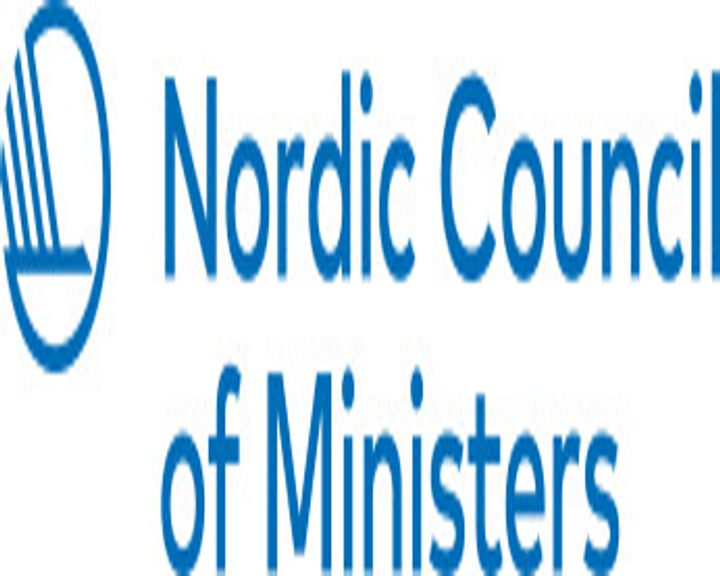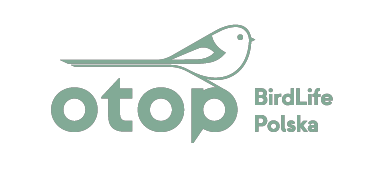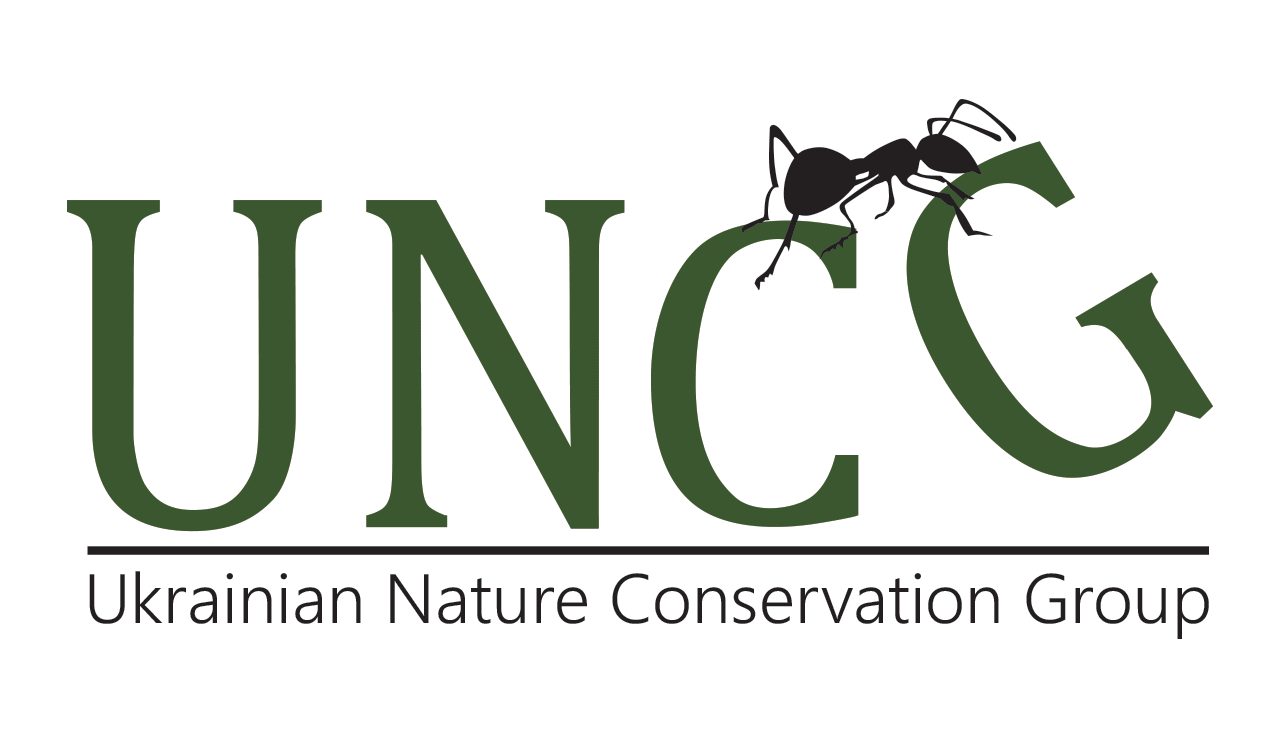
OTOP's private protected area Zajki - short description
The OTOP’s private protected area Zajki, bordering Biebrza National Park, consists of meadows, peatlands, and mineral uplands historically used for agriculture. Key conservation efforts focus on maintaining open habitats for the globally threatened aquatic warbler and other valuable bird species through controlled mowing and biomass removal.

1960s

2005
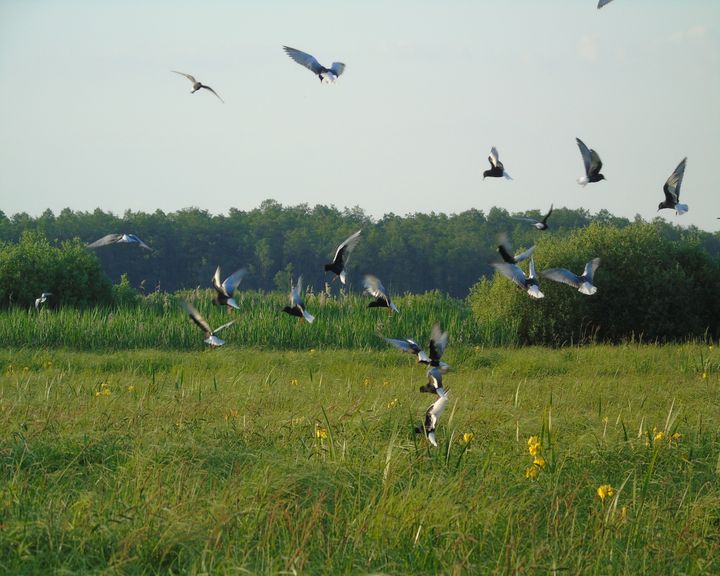
2025
History
The meadow area below the village of Zajki has historically and currently been used for agriculture. Parts of the mineral uplands were used as pastures and the organic (peat) areas were mowed. In the 1960s, the area underwent very intensive land reclamation, at which agricultural management was most intensive. At the same time, a two-sided irrigation and drainage system was in use. Unfortunately, due to lack of funds, this did not persist and the damming facilities were destroyed and only the drainage ditches remained.
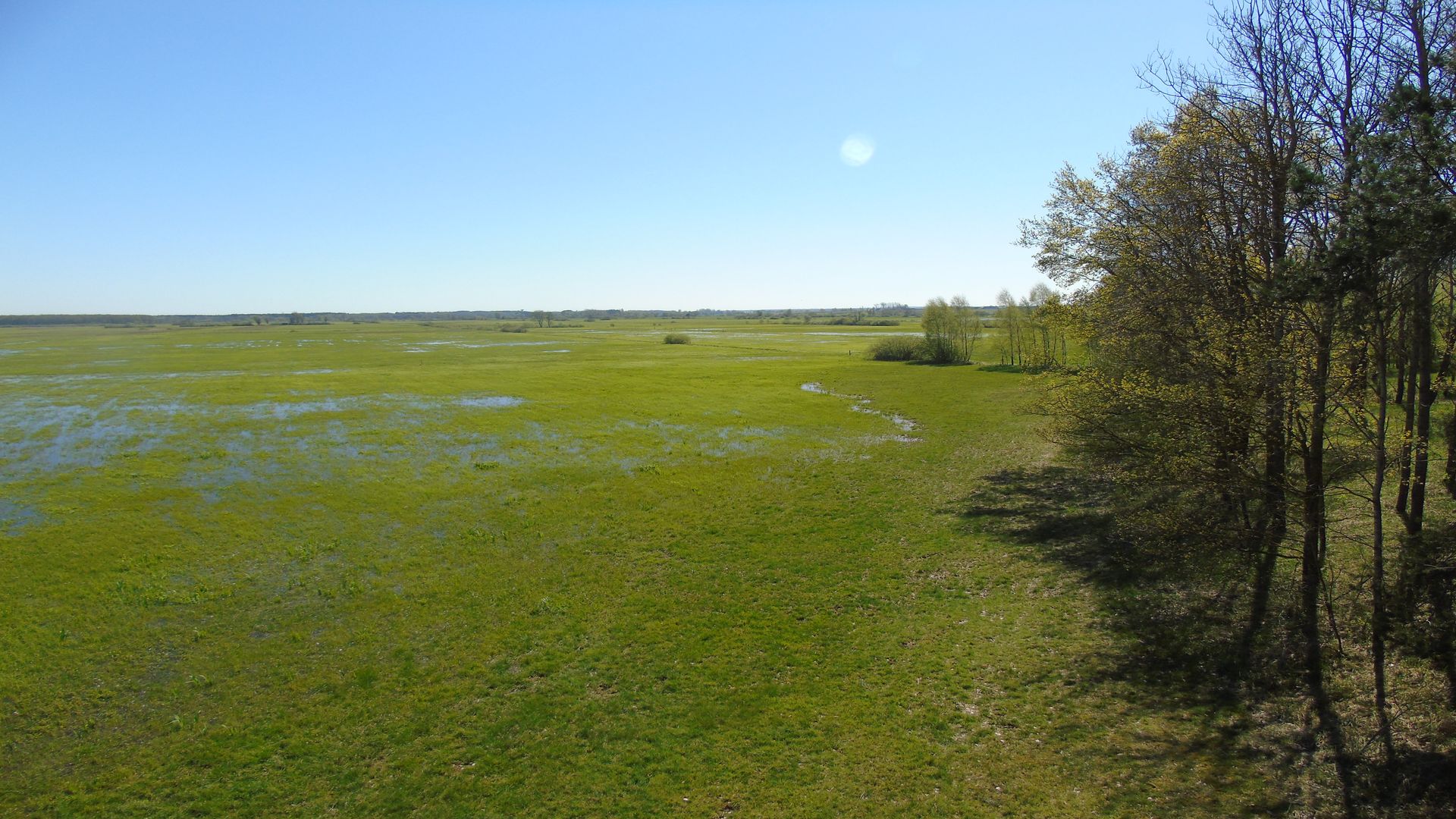
photo by Łukasz Mucha
Connectivity
The area of the OTOP’s private protected area Zajki is directly bordered to the north by the Biebrza National Park and a large complex of wet alder woodland. The western boundary is formed by an asphalt road behind which lies the village of Laskowiec, as well as meadows and arable fields. To the east, the site is bounded by a gravel road and a complex of meadows and fields. The southern boundary is the asphalt road between the villages of Laskowiec and Zajki, beyond which is an extensive area of pastureland.
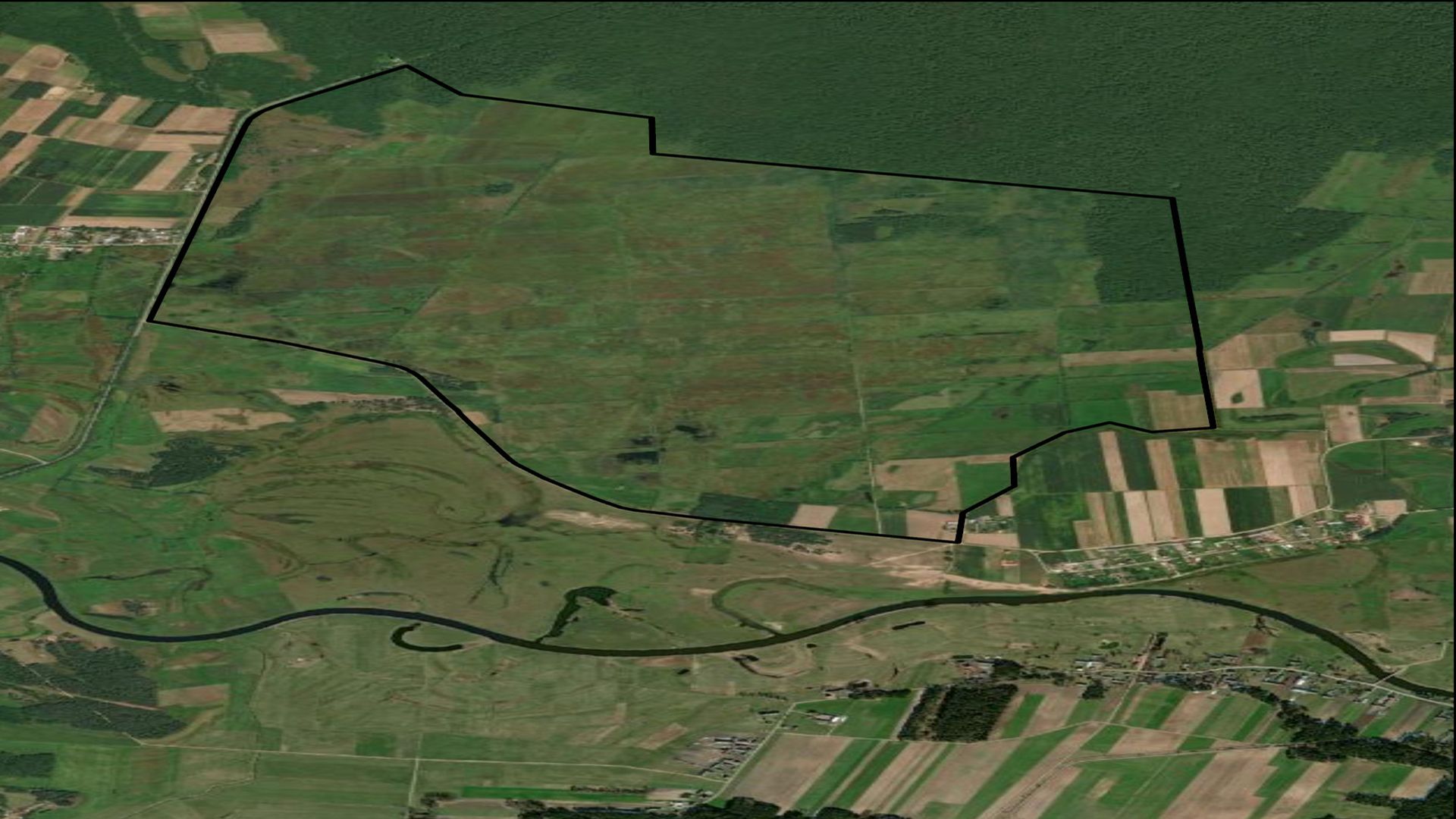
©Esri, Maxar, Earthstar Geofraphics, and the GIS User Community
Characteristics
The topography is varied, with mineral elevations interspersed with peat-filled depressions, and in the 1960s the area was covered by a dense network of drainage ditches and two hardened north-south dykes were built to provide access to the plots. The majority of the area is privately owned land, with the State Treasury land consisting only of roads, windbreaks and some drainage ditches. OTOP BirdLife Poland owns 56 ha here.

photo by Łukasz Mucha
Threats
Drought has been an increasing problem for many years. The lack of a large snow cover results in small spring floods, and the lack of spring and early summer precipitation causes excessive drying of the area; drainage ditches lacking damming facilities play a very negative role here. Over-intensive farming and earlier and earlier mowing periods are also a major threat.

The lack of water in the years following dry winters is one of the biggest habitat conservation problems in the reserve. Photo credit: Łukasz Mucha
Species
The most valuable breeding bird species is the aquatic warbler (Acrocephlus paludicola), a globally threatened species. Nesting waders (black-tailed godwitt, redshank, lapwing, common snipe), little tern and whooper swan are also valuable. Of the valuable plants, there is a high diversity of orchid species. Of the mammals, there are elk, deer, roe deer, wild boar, wolves, foxes, martens, American mink.

The subjects of protection in the reserve are both birds, especially Aquatic Warbler (Acrocephalus paludicola) and natural habitats. Pictured is a wet meadow with marsh marigold (Caltha Palustris). Photo: Łukasz Mucha
Restoration and Monitoring
Since 2005, OTOP BirdLife Poland has purchased part of the land in the area and has been carrying out extensive agricultural use, consisting of mowing and biomass harvesting. These measures are intended to prevent the plots from becoming overgrown with alder, birch and willow bushes.
Aquatic Warbler monitoring and breeding bird monitoring.
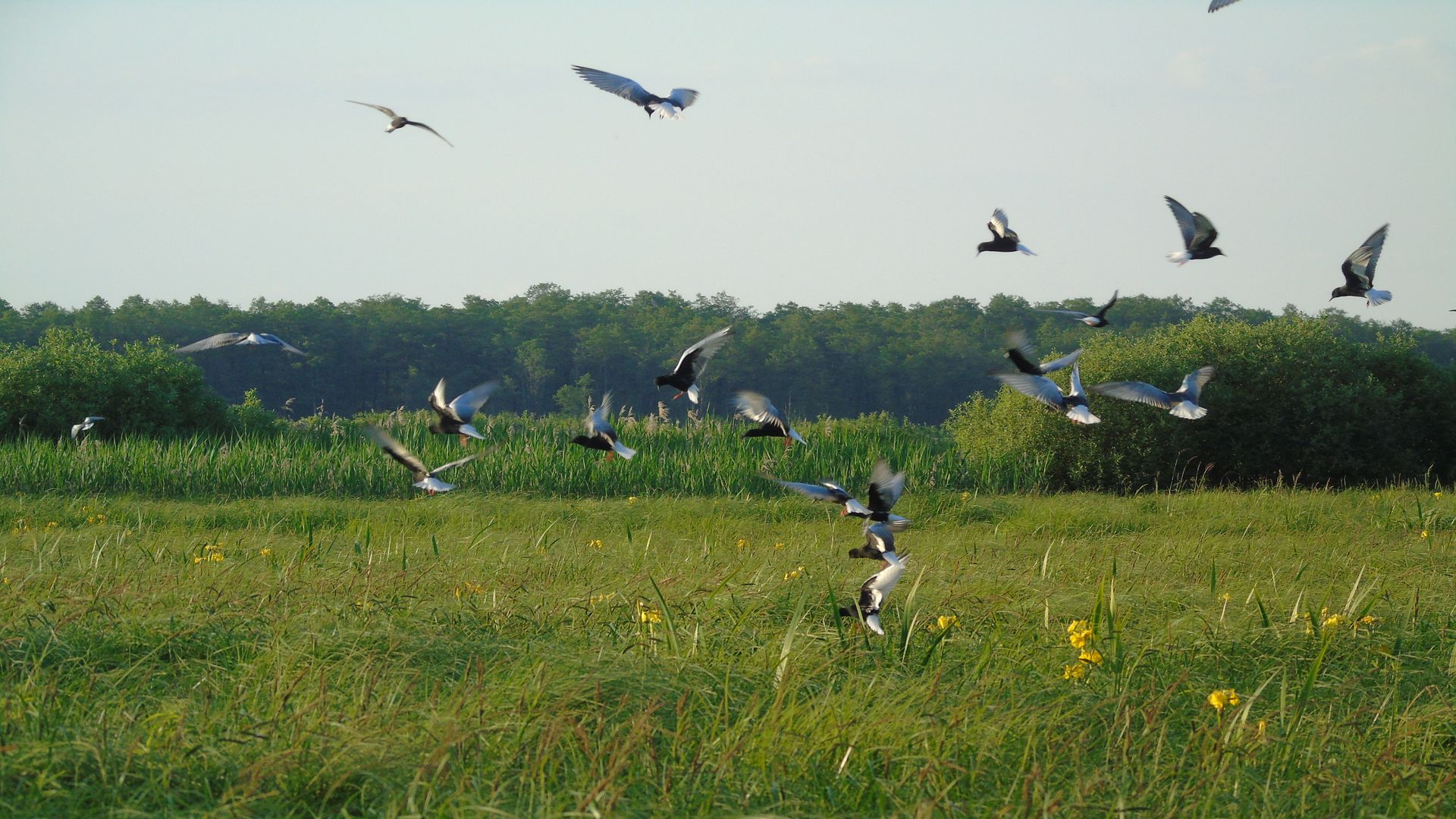
Monitoring of breeding birds is carried out in the reserve. Pictured is a White-winged Tern (Chlidonias leucopterus). Photo: Łukasz Mucha
People
Head of the OTOP’s private protected areas in Biebrza Valley
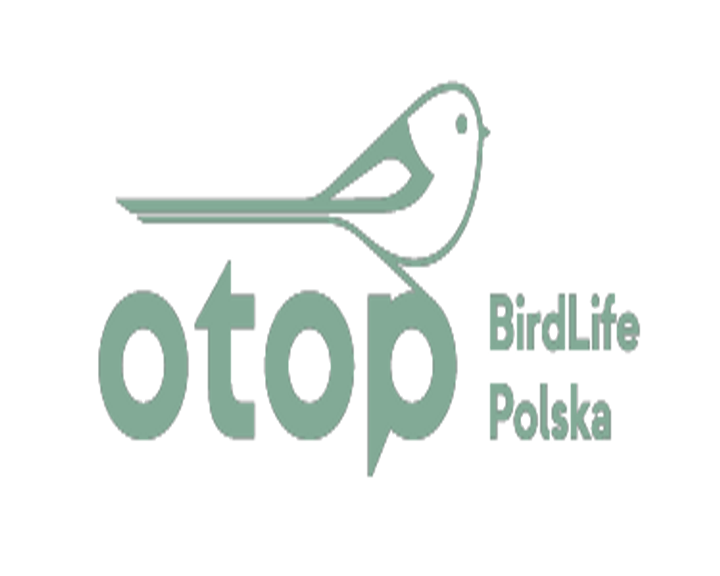
Łukasz Mucha
Home Page
OTOP's private protected area Zajki comprises approximately 450 hectares of peat bogs located between the southern border of Biebrza National Park and the road connecting the villages of Laskowiec and Zajki. The reserve is known among birdwatchers as one of the most picturesque and attractive birdwatching locations. It is also very important for migrating waders. You can read about the activities undertaken by OTOP BirdLife Poland on the Zajki reserve's homepage.
View
Photos from OTOP’s private protected area Zajki
photos by Łukasz Mucha
◀
▶
Partners
Nature-based solutions in open wetlands restoration for biodiversity, water quality improvement and climate mitigation) // 1.10.2024 – 30.09.2025

OTOP BirdLife Poland
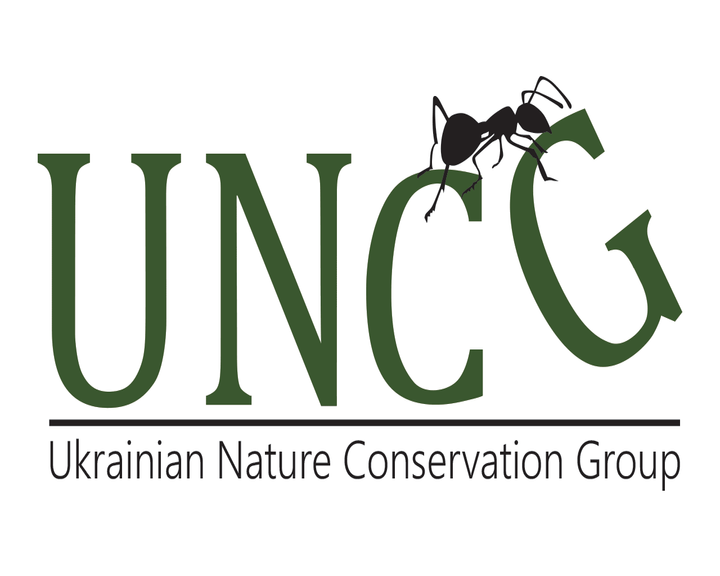
Ukrainian Nature Conservation Group

Snowchange Cooperative
